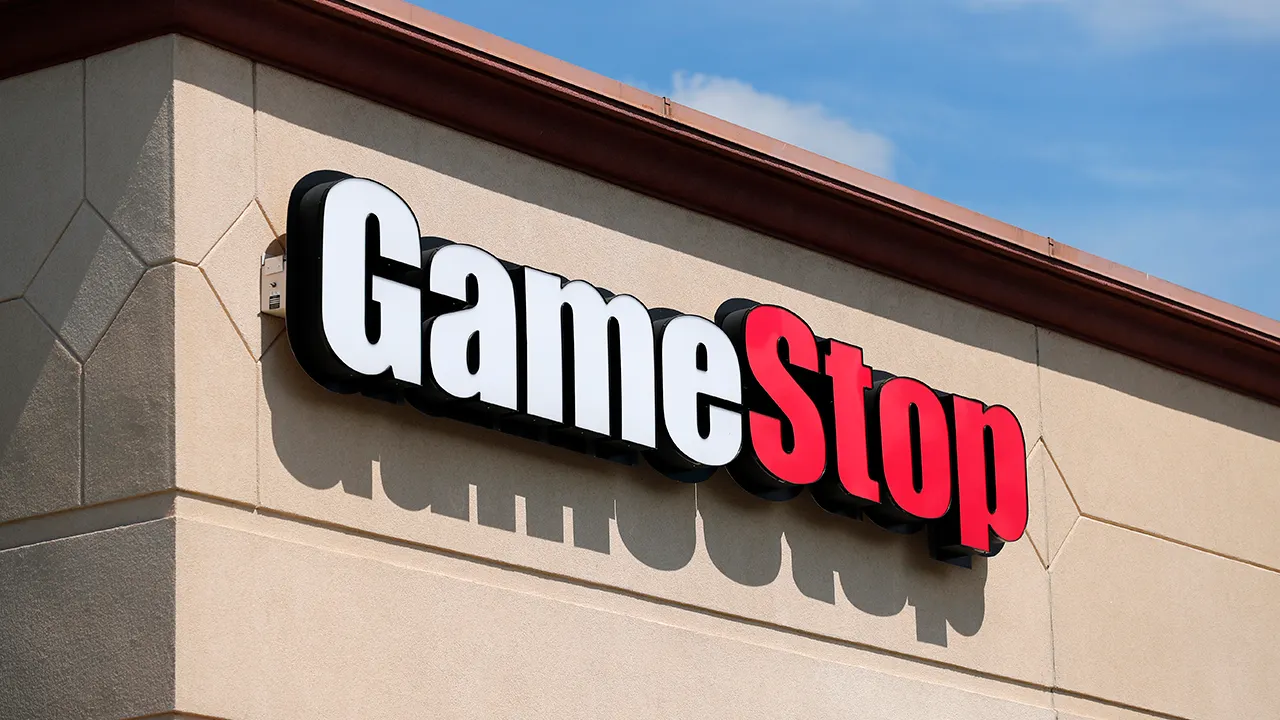Once known primarily as the go-to spot for buying video games and consoles, GameStop has evolved into something much more complex in recent years. From being a mall staple for gamers to becoming the center of a historic financial event, GameStop’s journey reflects the changing landscape of both retail and investing.
Today, when someone mentions “GameStop,” they could be talking about video games, stock market volatility, meme culture—or all three at once.
The Retail Legacy of GameStop
Founded in 1984 as Babbage’s, the company that would become GameStop grew rapidly through the 1990s and early 2000s. At its peak, GameStop operated over 7,000 stores worldwide, serving millions of customers with new and used games, gaming consoles, accessories, and collectibles.
For many gamers, a trip to GameStop was a ritual—especially for midnight releases of blockbuster titles like Halo, Call of Duty, or Grand Theft Auto. The company also thrived on its trade-in model, allowing customers to exchange used games for store credit or cash.
But by the 2010s, the rise of digital downloads, online marketplaces, and mobile gaming began to erode GameStop’s core business. Gamers were increasingly choosing to buy games directly from their consoles or online platforms like Steam. Physical sales declined, and GameStop struggled to adapt to the digital shift.
The Stock Market Frenzy of 2021
GameStop’s biggest moment in the global spotlight didn’t come from a console release or product launch—it came from Wall Street.
In early 2021, GameStop (GME) became the centerpiece of a dramatic showdown between retail investors and hedge funds. A group of individual investors on Reddit’s r/WallStreetBets noticed that large institutional investors were heavily short-selling GME stock—betting that its price would fall.
In response, these retail investors banded together and began buying shares en masse, driving up the price dramatically. What followed was a “short squeeze”—hedge funds that had bet against GameStop were forced to buy back shares at soaring prices, pushing the stock even higher.
In January 2021, GME stock surged from under $20 to nearly $500 in just days. The chaos led to massive financial losses for some firms, trading halts, congressional hearings, and a wave of debate about market manipulation, trading platforms like Robinhood, and the power of collective online communities.
GameStop’s Reinvention: Crypto, E-commerce, and More
After the trading frenzy, GameStop found itself flush with new capital and attention. Under new leadership—including the appointment of Ryan Cohen, co-founder of Chewy, as chairman—the company began a broad transformation.
GameStop has shifted toward e-commerce, reducing its reliance on physical stores and investing in a digital-first retail strategy. It also entered the NFT and crypto space, launching a digital wallet and an NFT marketplace to capitalize on blockchain technology trends.
While these efforts are still evolving, they signal GameStop’s attempt to redefine itself in a rapidly changing tech and retail environment.
What’s Next for GameStop?
As of 2025, GameStop remains a company in transition. It still operates retail stores, but fewer than during its peak. It has loyal customers, but faces fierce competition from Amazon, Walmart, and digital distribution platforms. And its stock continues to be volatile, often moving based on sentiment as much as fundamentals.
One thing’s for sure: GameStop is no longer just a video game store. It’s a symbol—of changing markets, retail evolution, and the power of the internet community.
Conclusion
From humble beginnings to viral fame, GameStop’s story is far from over. Whether you’re a gamer, investor, or casual observer, the GameStop saga offers insight into how fast industries—and reputations—can change in the modern age. It’s not just about games anymore. It’s about adaptation, disruption, and the unexpected power of the crowd.












Comments are closed